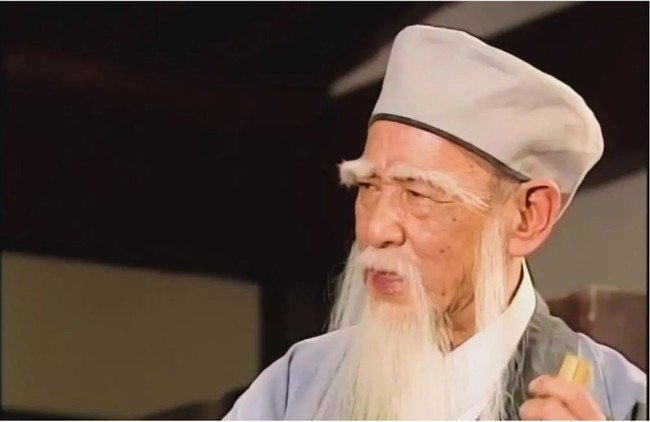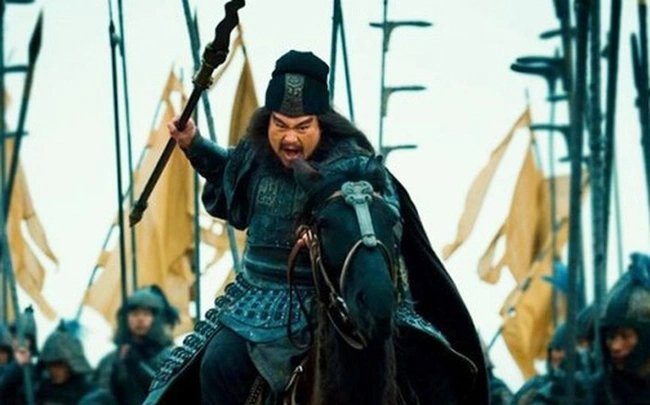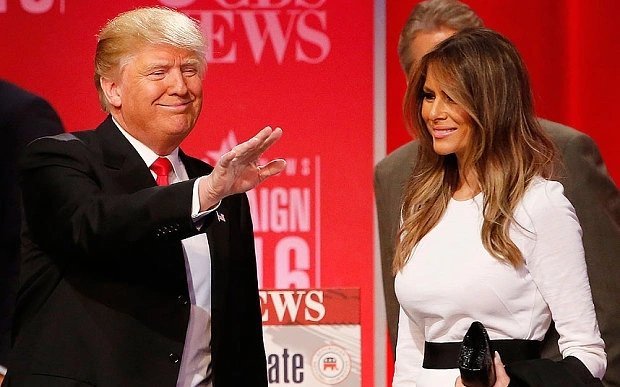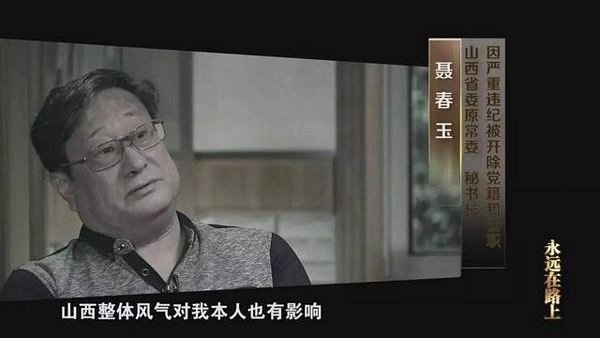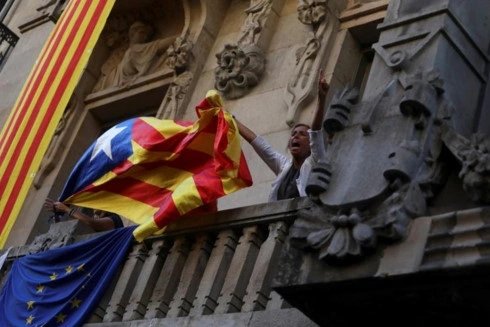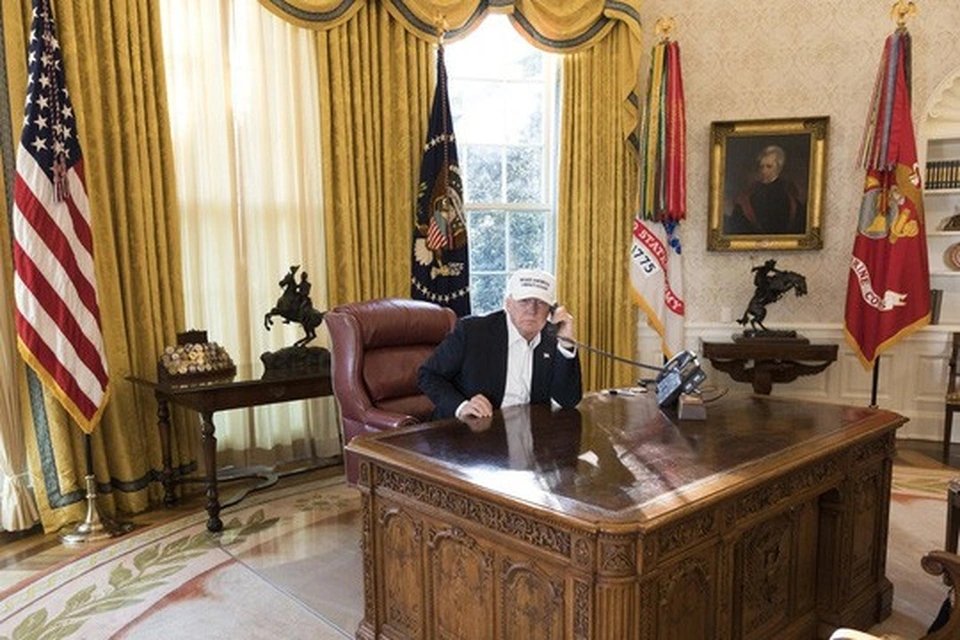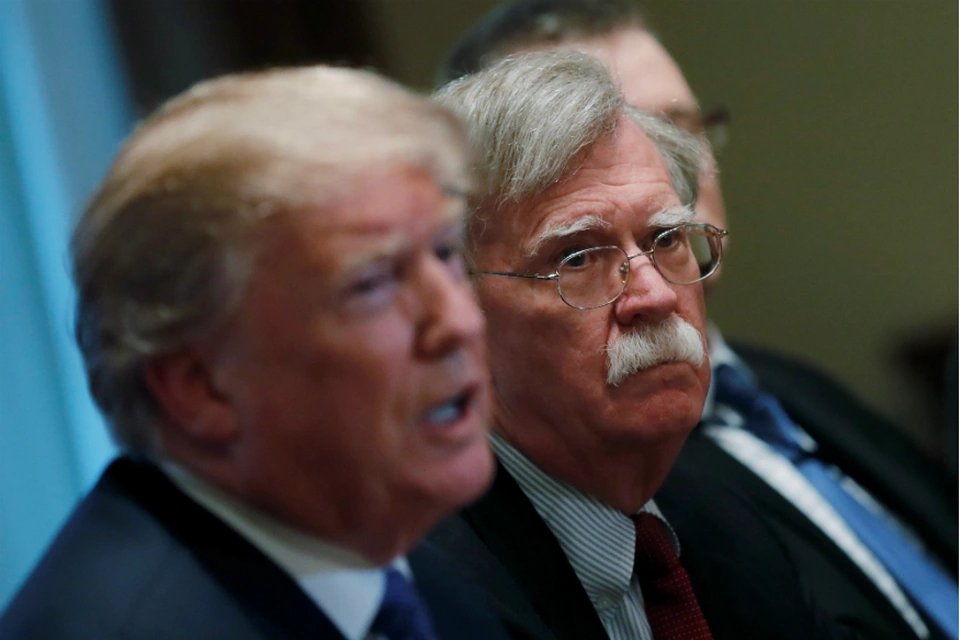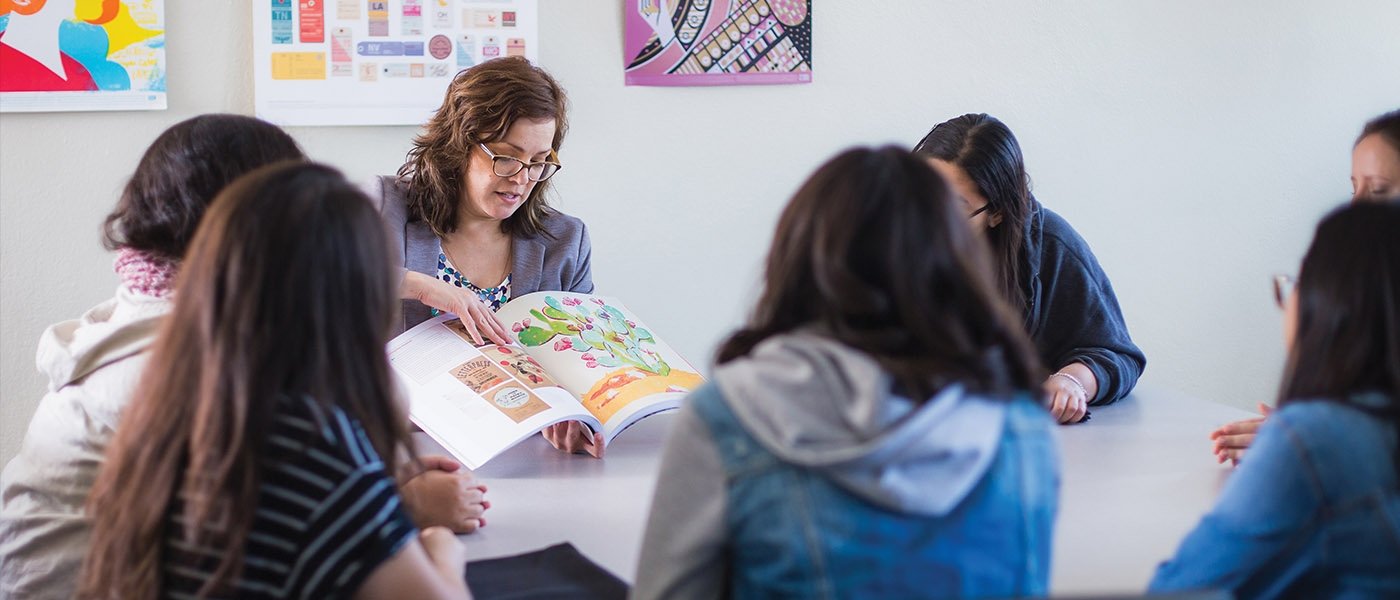
To prepare for the spring 2023 semester, New York University professor Winnie Song did something she had never had to do before: issue regulations on the use of artificial intelligence tools.
Song, a professor of art at New York University’s Tisch School of the Arts, is not the only art instructor thinking this.
With the rapid rise of automated graphics tools like Stable Diffusion, Midjourney, and DALL-E 2 over the past few years, instructors are learning and adapting to the ever-changing and complex nature of AI,
“I’m worried that students will use AI tools to ask them to draw mood boards (design idea boards).
AI-designed art (paintings, works) has flooded the internet since users started creating complex images using just keywords or simple selfies.
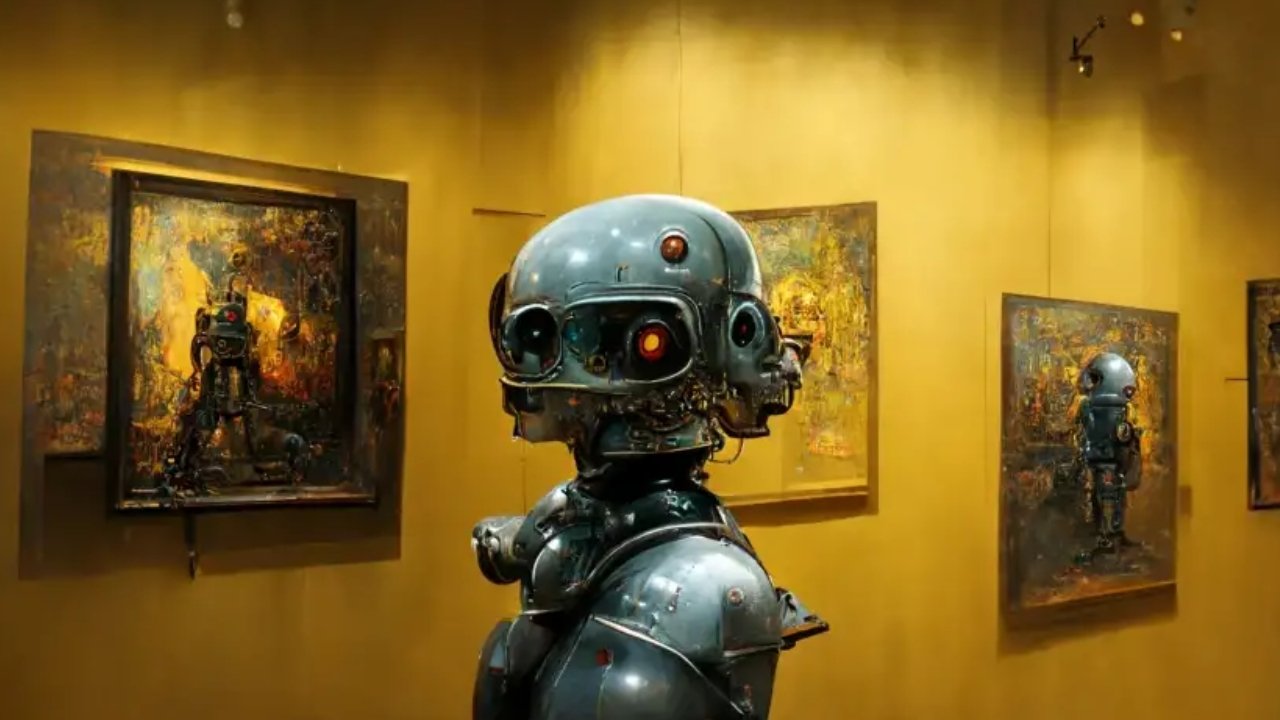
Of course, AI cannot automatically draw without `input data`.
These tools faced backlash from artists.
But while the rise of AI is raising many questions about the nature of art and the creative process, it is also making things difficult for art educators.
Ms. Song wants to teach students the ability to be independent, not dependent on a single tool.
It seems that AI art instructions are only being implemented on an individual level, depending on the teacher, and the topic is taught in the classroom but has not been widely promulgated at the faculty or school.
Each professor will have a different way of introducing AI art to students.
Kurt Ralske, professor of digital media and head of the department of media arts at the School of the Museum of Fine Arts at Tufts University, is not too shy about this tool: “I personally encourage students to explore AI.
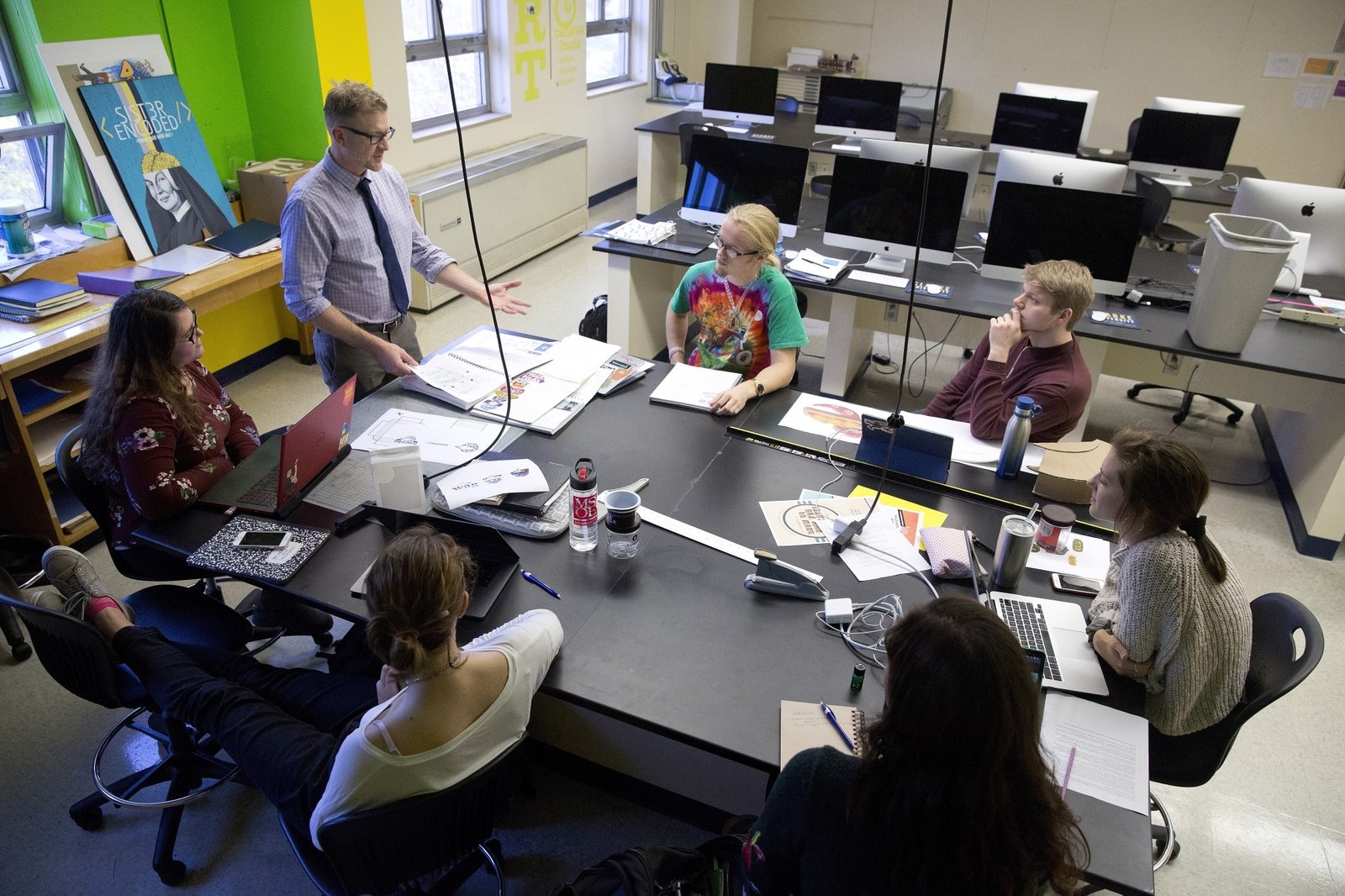
Learning how these programs work, and helping students know how to use them, always requires a lot of effort and time.
“Teaching is very difficult.
Instructors are not the only ones struggling to adapt to artificial intelligence tools.
“I’m so fed up with the way artists are embracing hyper-technological culture,” said Marla Chinbat, an art student at the University of Illinois-Chicago.
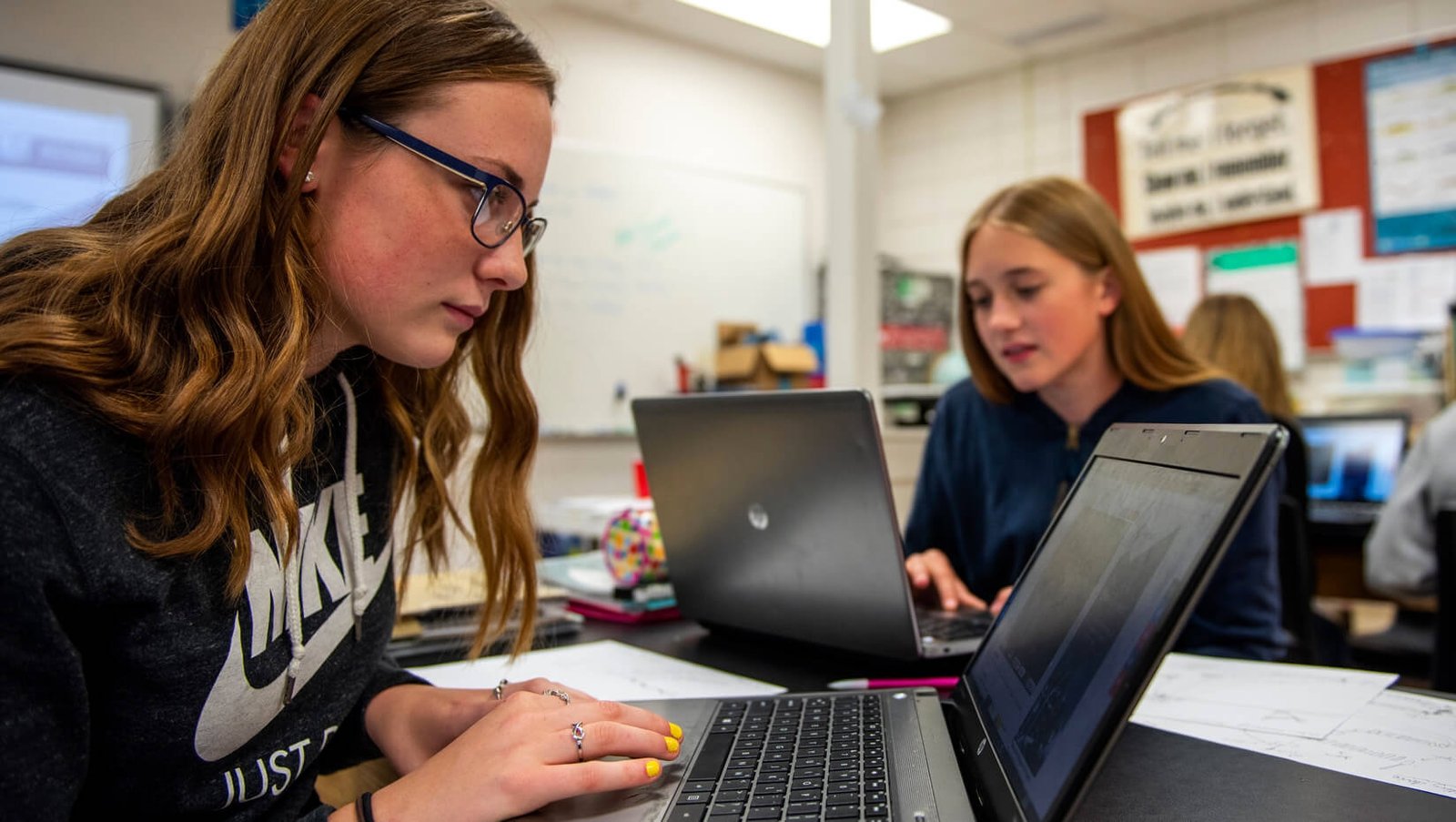
Even when instructors don’t bring AI art into their classes, students are constantly thinking about the impact of AI.
Susan Behrends Valenzuela, an art student at NYU Steinhardt, said the topic “AI making art” has only come up once in one of her classes, but she is very interested and wants to discuss it further in classes.
Song, Ralske, and Rosman all said they don’t let any student use AI without knowing how the tool works.

